After the experience of the past few months, you might have thought that the last thing we would have to cope with was additional uncertainty. But that is the situation we are in, after the introduction of new tier-based Covid-19 restrictions and calls, led by the government’s scientific advisers and the Labour leader, Sir Keir Starmer, for a 2-3 week “circuit breaker” lockdown.
It is a fast-moving situation. A few days ago, I addressed the first of the online Landlord Investment Shows. By the time of the next one, next month, the situation will no doubt have evolved further. There is no sign, as yet, of a repeat of the closure of the housing market that we saw from March to May, a period in which, you may recall, traffic on internet housing portals surged to very high levels.
Some things, in addition, we know. The first is that, from its low point in April, the economy has bounced back a lot, more than 20%. People have been spending, so retail sales are not only above pre-Covid levels but they are higher than they were a year ago. Unemployment is up, having hit more than 1.5 million, but the feared autumn bloodbath has yet to show itself. That does not mean it will not do so, though the chancellor has followed up his furlough scheme with continued, if more limited, job support over the winter.
The economic outlook is, of course, crucially dependent on the course of the virus, and the severity of the second wave. But lessons have been learned, and many businesses have adapted, including across the housing industry.
It would be foolish to deny that the second wave is a huge source of uncertainty, which is why the next few weeks are crucially important for the housing market. Its post-lockdown bounce has taken many by surprise, with both the Halifax and the Nationwide reporting that house-price inflation has hit its highest level since 2016. In the case of the Halifax, house-price inflation has reached the giddy heights of more than 7%. Mortgage approvals went one better over the summer, reaching their highest level since 2007.
These things can take time to change but there is no sign yet that the increased uncertainty has killed off the revival. All the forward-looking indicators in the latest Royal Institution of Chartered Surveyors (RICS) residential market survey were positive. The survey, admittedly taken before the second wave fully revealed itself, showed that a net balance of 17% of surveyors (those expecting a rise minus those expecting a fall) expect sales to rise over the next three months. The house-price balance, 23% positive, also showed expectations of continued price rises over the next three months.
To be fair, and in contrast to past RICS’ surveys, respondents were more cautious about the sales outlook over a longer-term horizon, 12 months, with most expecting weaker sales as a consequence of higher unemployment once the job support offered by the chancellor, Rishi Sunak, is phased out. Surveyors remained marginally positive about house prices over 12 months, though there must be a note of caution about one aspect of this. Some of the strongest price expectations were in the North West, currently the epicentre of the coronavirus’s second wave.
One feature of the post-lockdown revival of the housing market has been an increase in both new buyer enquiries and sales instructions. This has come like manna from heaven for estate agents, who had become gloomily accustomed to both being in the doldrums.
The balance between the two is what matters for house prices. Too many properties coming onto the market relative to demand will push down prices, and vice versa. Researchers at home.co.uk have detected that, in parts of the country, what it describes as oversupply is bearing down on asking prices.
Its asking price index for October shows that this is a factor pushing down asking prices in the South West and South East, though not yet for London. As for the rest of the country: “While estate agents have been busier than is usual for September in all other English regions and in Scotland and Wales, it is important to note that the increase in supply is much less pronounced in the northern regions, with the North East indicating a mere 7% increase year-on-year. Correspondingly, vendors’ asking prices remain much more bullish.
An interesting market, as we head into an uncertain winter.




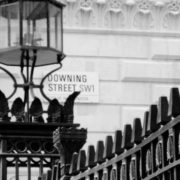
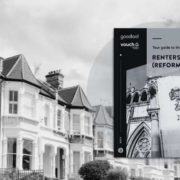


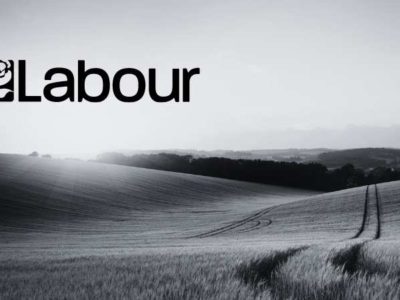




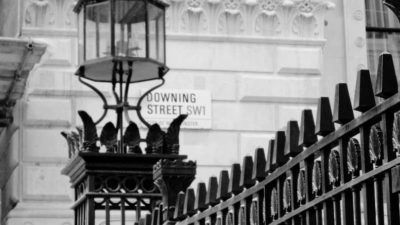
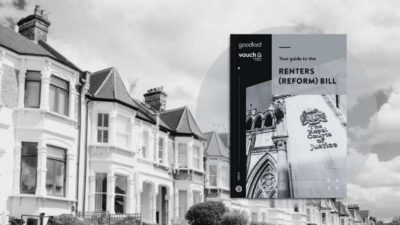






Comments